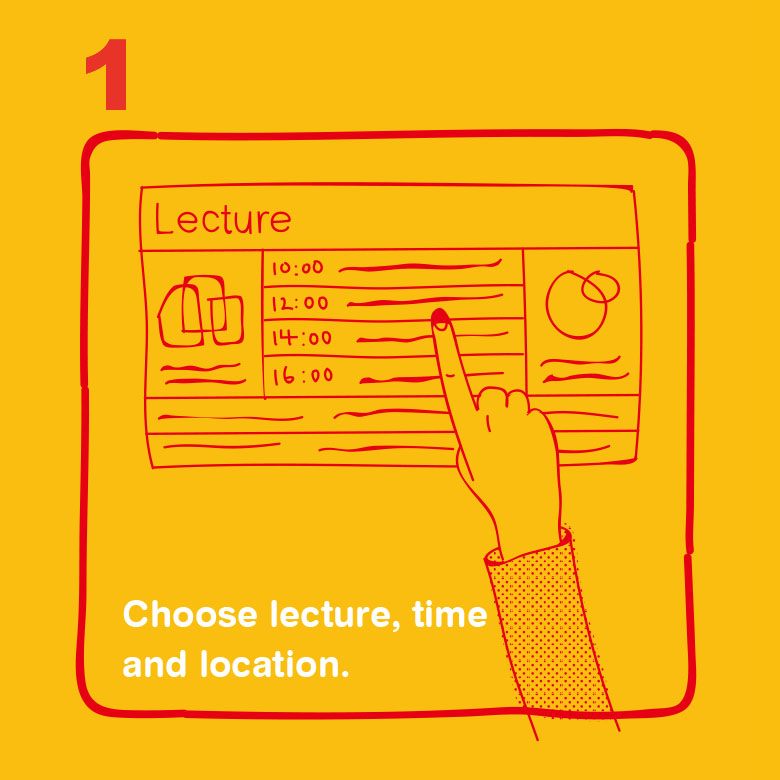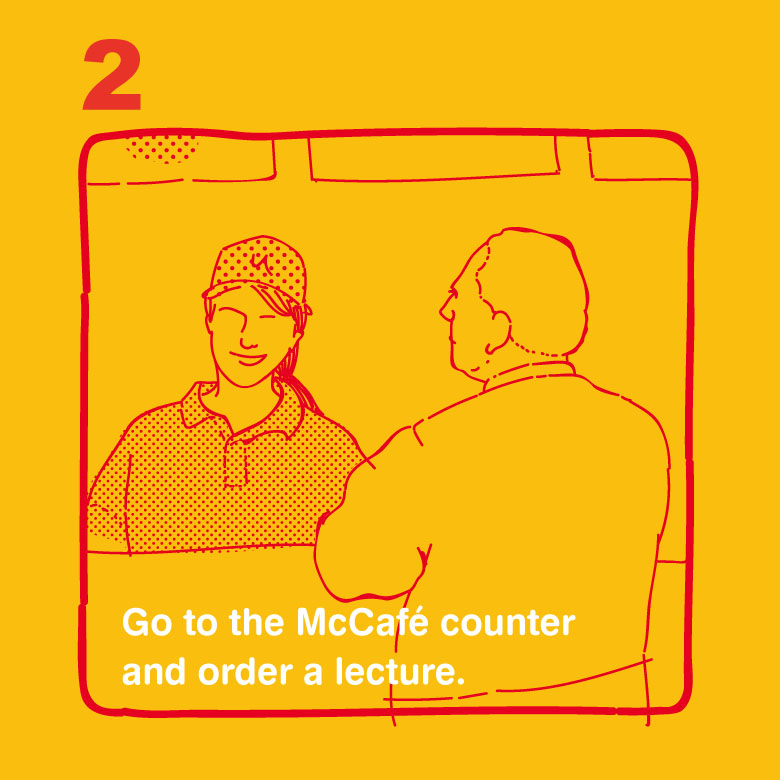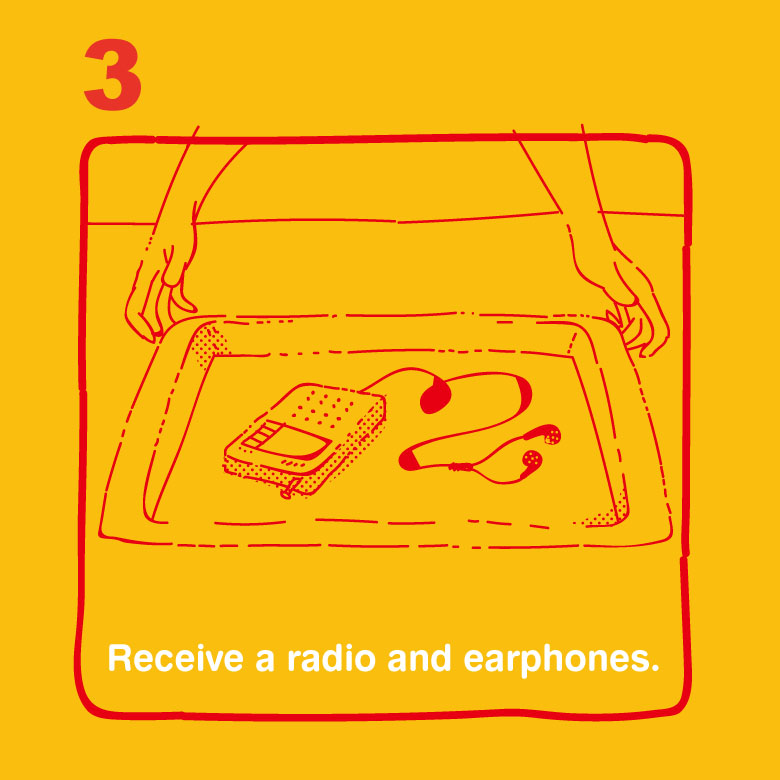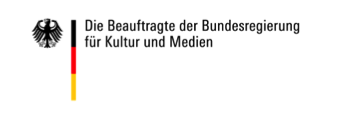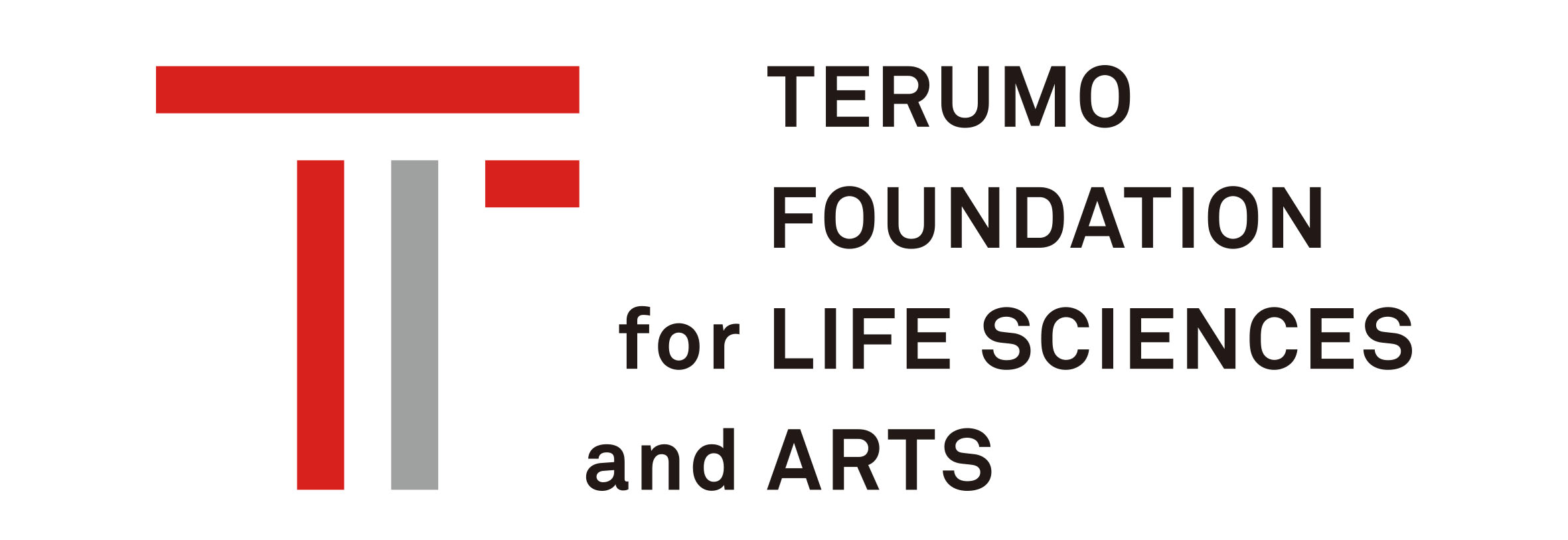Akira Takayama / Port B
Takayama gründete Port B 2002. Er entwickelt Projekte, die den bestehenden Rahmen des Theaters aufbrechen und sich kollaborativ mit anderen Medien vernetzen. Er arbeitet an der zeitgenössischen Form einer so genannten „Architektur des Theaters“, bei der er die Praxis des Theaters und des Publikums in die Gesellschaft und den städtischen Raum hinein erweitert. Takayamas zuschauerzentrierte Arbeiten sind der Versuch, ein Theater zu erfinden, das über den physischen Theaterraum hinausgeht, und sich als neue Plattform mit verändertem Funktionsrahmen in der Gesellschaft etabliert. In den letzten Jahren entwickelte er Arbeiten in diversen Genres, unter anderem Tourismus, Stadtplanung, Kunst, Literatur, Mode und Massenmedien. Dabei nutzt er Ideen des Theaters, um neue Potentiale in einem breiten Spektrum von Medien und Disziplinen zu erschließen. 2014 entwickelten Akira Takayama / Port B zusammen mit dem Mousonturm das Projekt EVAKUIEREN, in dem über 30 S- und U-Bahn-Stationen in der gesamten Rhein-Main Region zum Startpunkten für individuelle Erkundungstouren zu verschiedenen gesellschaftlichen Communities und theatralen Ready-Mades wurden.
Takayama founded Port B in 2002. He develops projects that take theater outside its existing frameworks and connects collaboratively with other media. He works to update what he calls the “architecture of theater” by expanding the conventions of theater and the audience in society and urban space. His audience-centered work is an attempt to create theater beyond the physical theater space as a new social platform and function. In recent years he has been developing work within a wide range of fields, including tourism, urban planning, art, literature, fashion and mass media, using theatrical ideas to cultivate new possibilities across a variety of media and genre. In 2014 Akira Takayama / Port B and Künstlerhaus Mousonturm developed and released EVACUATE. More than 30 rail-network stations all over the Rhein-Main Region got turned into starting points for individual journeys to different social communities and theatrical ready-mades.
http://portb.net/en/
Keigo Kobayashi
Kobayashi war nach Abschluss seines Studiums am Architekturinstitut der Waseda Universität, Tokio, Japan, und der Harvard Graduate School of Design, Cambridge, USA von 2005 bis 2012 am OMA/AMO Büro in Rotterdam tätig. Dort arbeitete er gemeinsam mit Rem Kohlhaas. Während seiner Zeit bei OMA war er als Projektleiter für verschiedene Bau- und Stadtplanungsprojekte im Nahen Osten und Nordafrika verantwortlich. 2012 begann er parallel zu seiner Arbeit als Architekt begann er eine Lehrtätigkeit am Architekturinstitut der Waseda Universität und gründete die Architekturdesigneinheit I’MIN. Seit 2015 ist er Direktor der NPO PLAT (Platform for Architectural Thinking). 2014 war er für das Ausstellungsdesign des japanischen Pavillons der Architekturbiennale in Venedig verantwortlich. Kürzlich gründete er das Architekturdesignbüro NoRA.
After studying at the Department of Architecture at Waseda University, Tokyo, Japan, and completing a Master’s Degree at the Harvard Graduate School of Design, Cambridge, USA, in 2005, Kobayashi was involved in numerous major projects at OMA/AMO office in Rotterdam with Rem Koolhaas until 2012. During his years at OMA, he served as the project leader for various buildings and urban-planning projects in several Middle Eastern and North African countries. In 2012, Kobayashi started teaching at Department of Architecture of Waseda University, in parallel with architectural practice. In 2014, he was responsible for the exhibition design of the Japanese Pavilion at the Architecture Biennale in Venice. Since 2015, he has been the director of NPO called PLAT(Platform for Architectural Thinking) and recently co-founded the architecture design office called NoRA.

